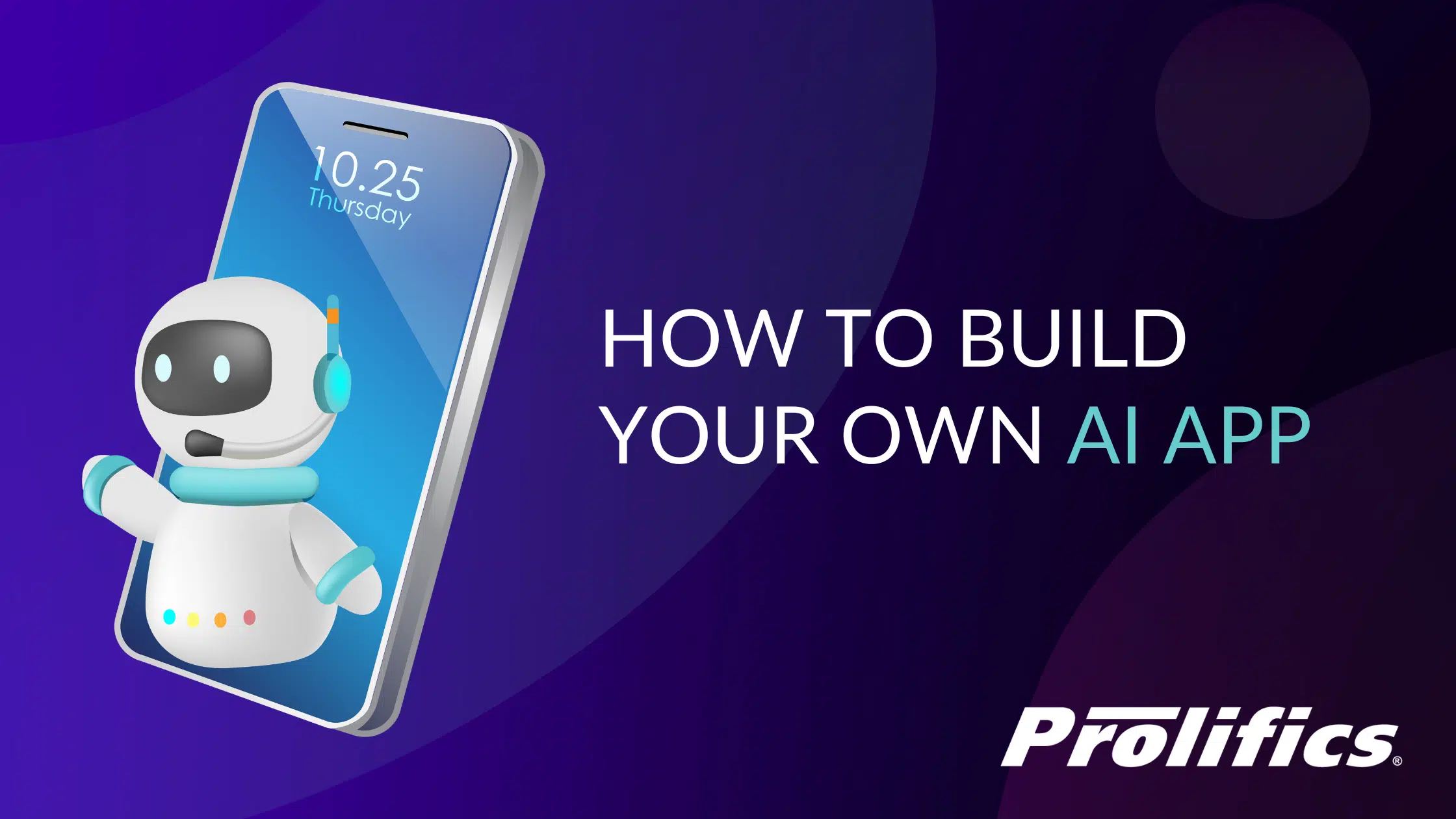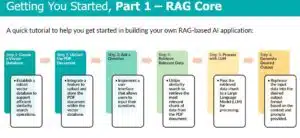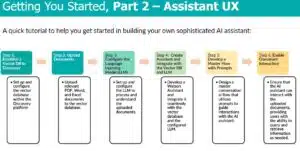How to Build Your Own AI App: Step-by-Step
July 2, 2024

How to Build Your Own AI App: A Step-by-Step Guide
Welcome to our comprehensive guide on building your own AI application, derived from our team of experts including Rajesh Gontla and Kartikey Chawla. This guide will take you through the process from start to finish, helping you transform your idea into a fully functional AI app.
Introduction
Creating an AI application might seem daunting, but with the right approach and tools, it becomes manageable and rewarding. This guide will help you understand the key components and steps involved in building an AI app, focusing on a conversational AI assistant as an example.
Step 1: Understanding the Basics
Before diving into the coding, it’s essential to grasp the fundamental concepts:
- AI Solutions and Technologies: Familiarize yourself with various AI technologies and their business applications.
- Use Cases: Identify potential use cases for your AI app to ensure it meets specific business needs.
Getting You Started, Part 1 – RAG Core
A quick tutorial to help you get started in building your own RAG-based AI application:
Step 2: Setting Up Your Environment
You’ll need to set up your development environment to start building your AI application. Here’s a quick overview of the necessary steps:
- Choose Your Tools: Decide whether you’ll use open-source tools like Llama Index or proprietary tools like IBM’s Watson.
- Set Up Your IDE: Install an Integrated Development Environment (IDE) such as Visual Studio Code or PyCharm.
Getting You Started, Part 2 – Assistant UX
A quick tutorial to help you get started in building your own sophisticated AI assistant:
Step 3: Building a Conversational AI Bot
Let’s create a conversational AI bot for a website as our example project.
Step 3.1: Data Preparation
Prepare your data, which can be documents, PDFs, or web pages:
- Document Collection: Gather relevant documents and information.
- Data Storage: Choose a vector database to store your data, such as Elasticsearch or a local storage solution.
Step 3.2: Creating the Vector Database
Create a vector database to facilitate quick and efficient data retrieval:
- Install Libraries: Use libraries like Llama Index for data processing.
- Data Loading: Load your documents into the vector database.
- Embedding and Tokenization: Convert text data into numerical representations for the AI to understand.
Step 3.3: Developing the AI Model
Develop the AI model that will interact with the vector database:
- Model Selection: Choose a pre-trained language model, such as GPT-3 or Watson Assistant.
- Model Integration: Integrate the model with your application.
Step 3.4: Building the Chatbot Interface
Create the user interface for the chatbot:
- UI Design: Design a user-friendly interface.
- Backend Integration: Connect the UI to the backend AI model.
Step 4: Testing and Optimization
- Testing: Rigorously test your AI application to identify and fix any issues.
- Optimization: Optimize the application for better performance and user experience.
Step 5: Deployment
Deploy your AI application to a live environment:
- Hosting: Choose a hosting solution, such as AWS, Google Cloud, or IBM Cloud.
- Launch: Launch your application and monitor its performance.
Conclusion
Building your own AI application involves multiple steps, from understanding the basics to deploying the final product. By following this guide and leveraging the tools and techniques discussed, you can create a robust and effective AI app.
Prolifics offers expert guidance, training, access to advanced tools, and continuous support to help you build and deploy your AI application successfully. Contact us for personalized assistance and leverage our resources and expertise to ensure your project’s success.
Happy coding!
Contact Us Today
